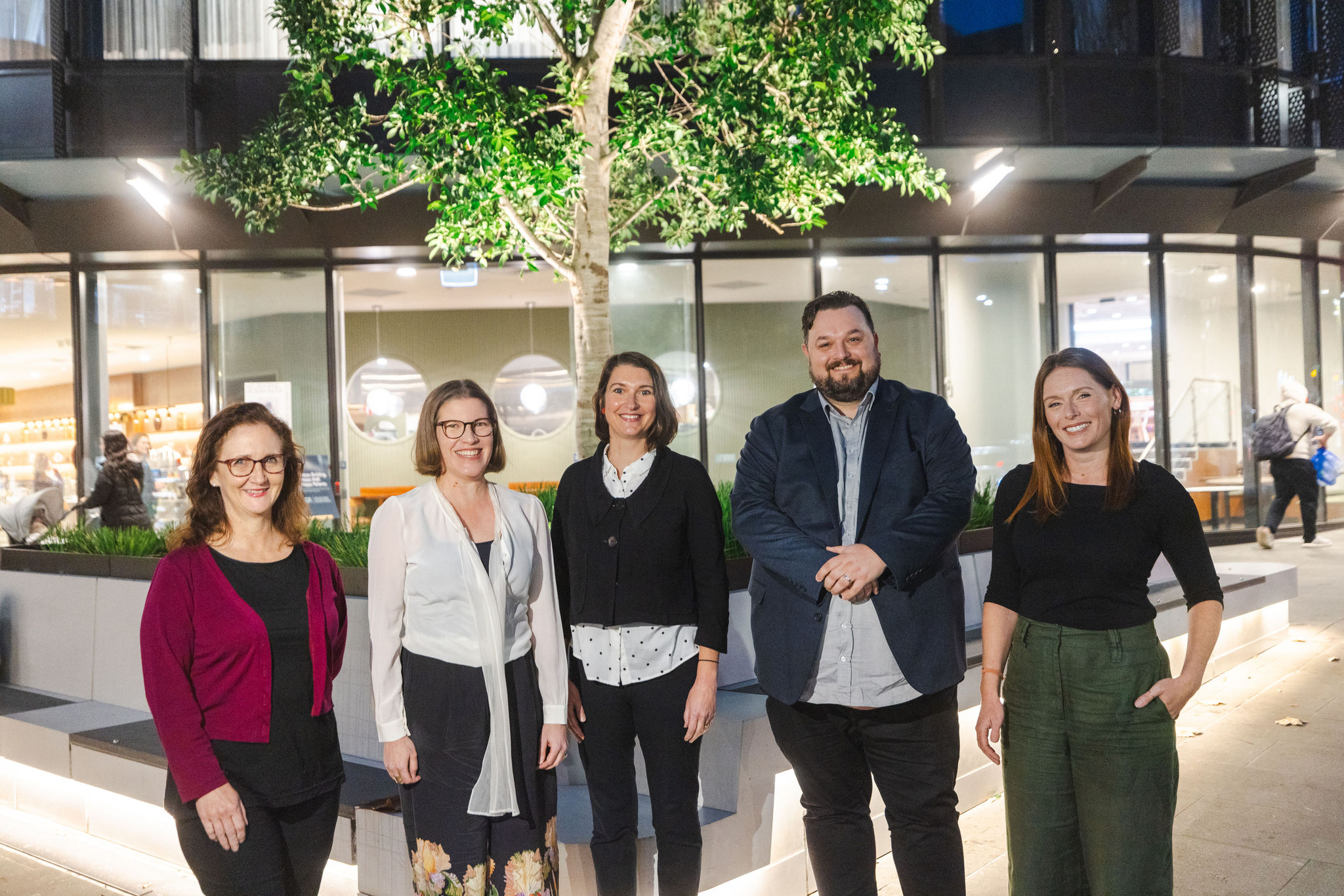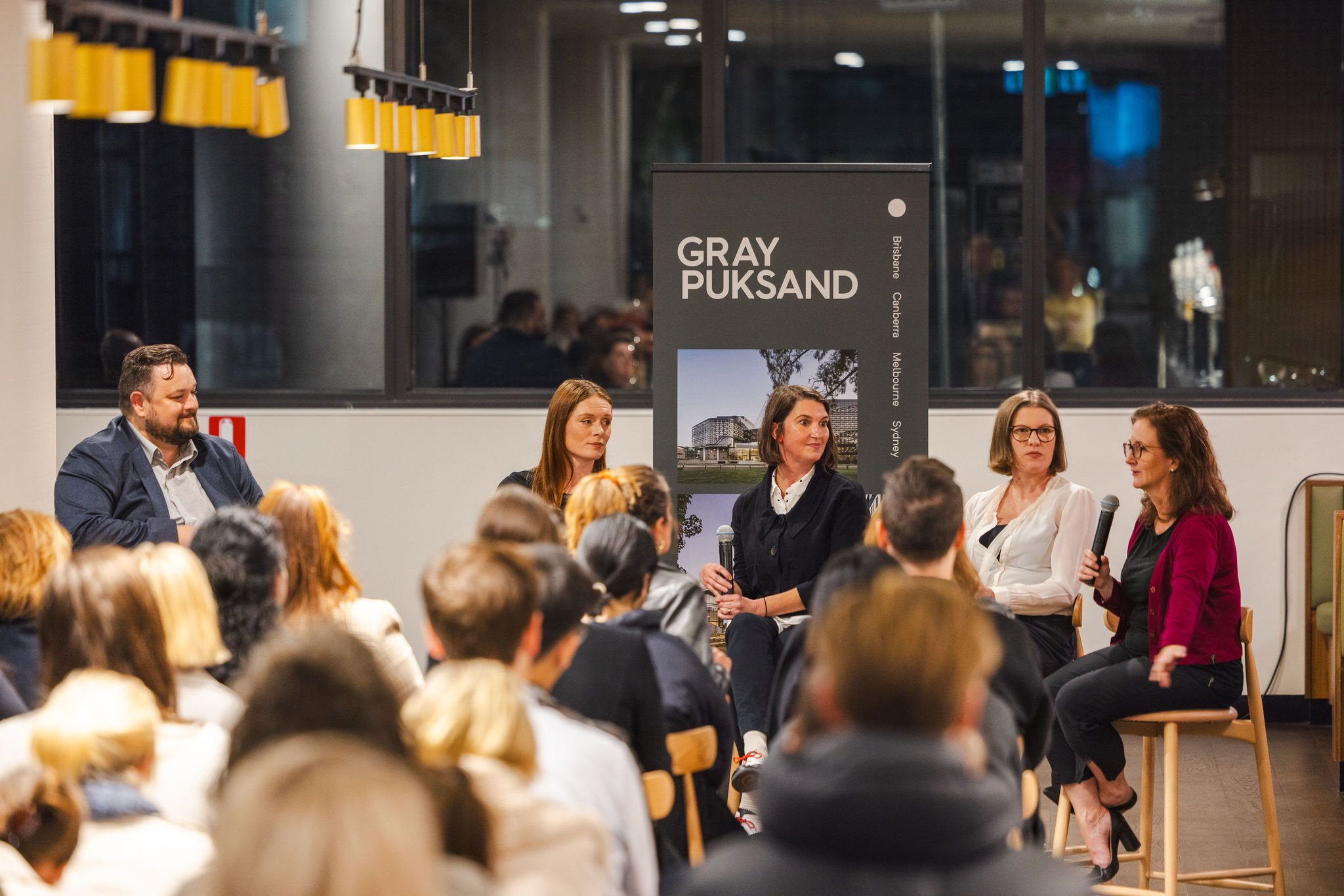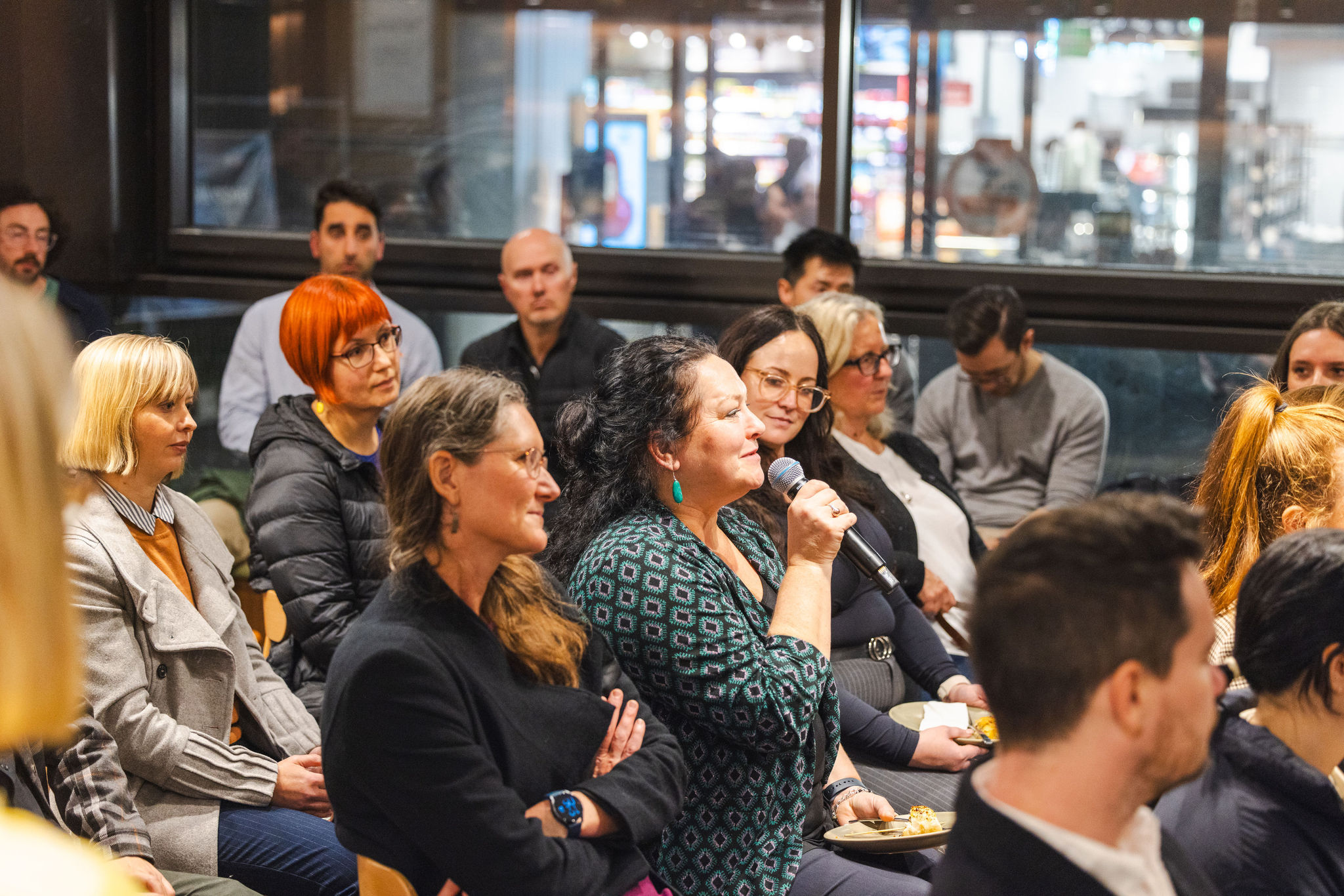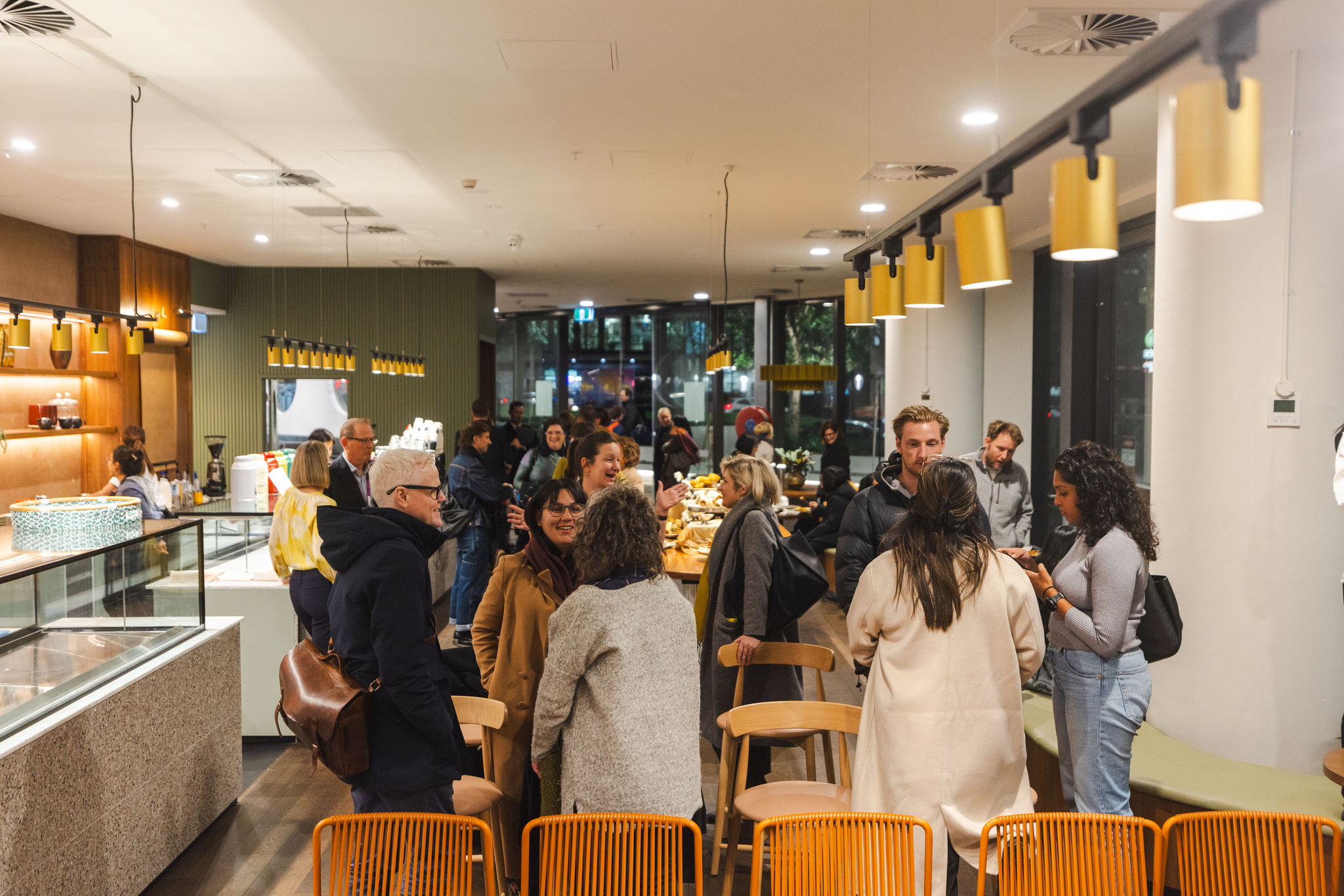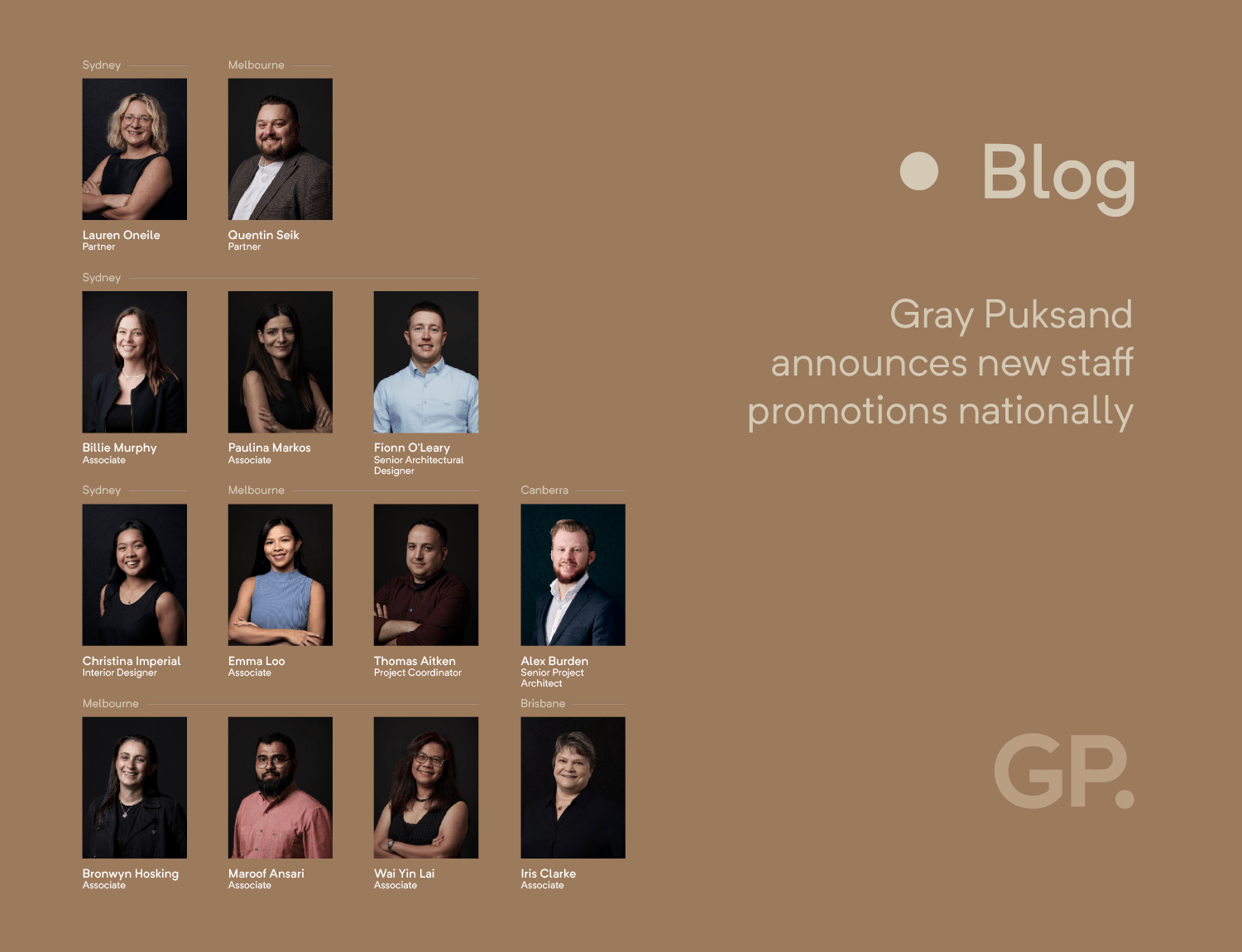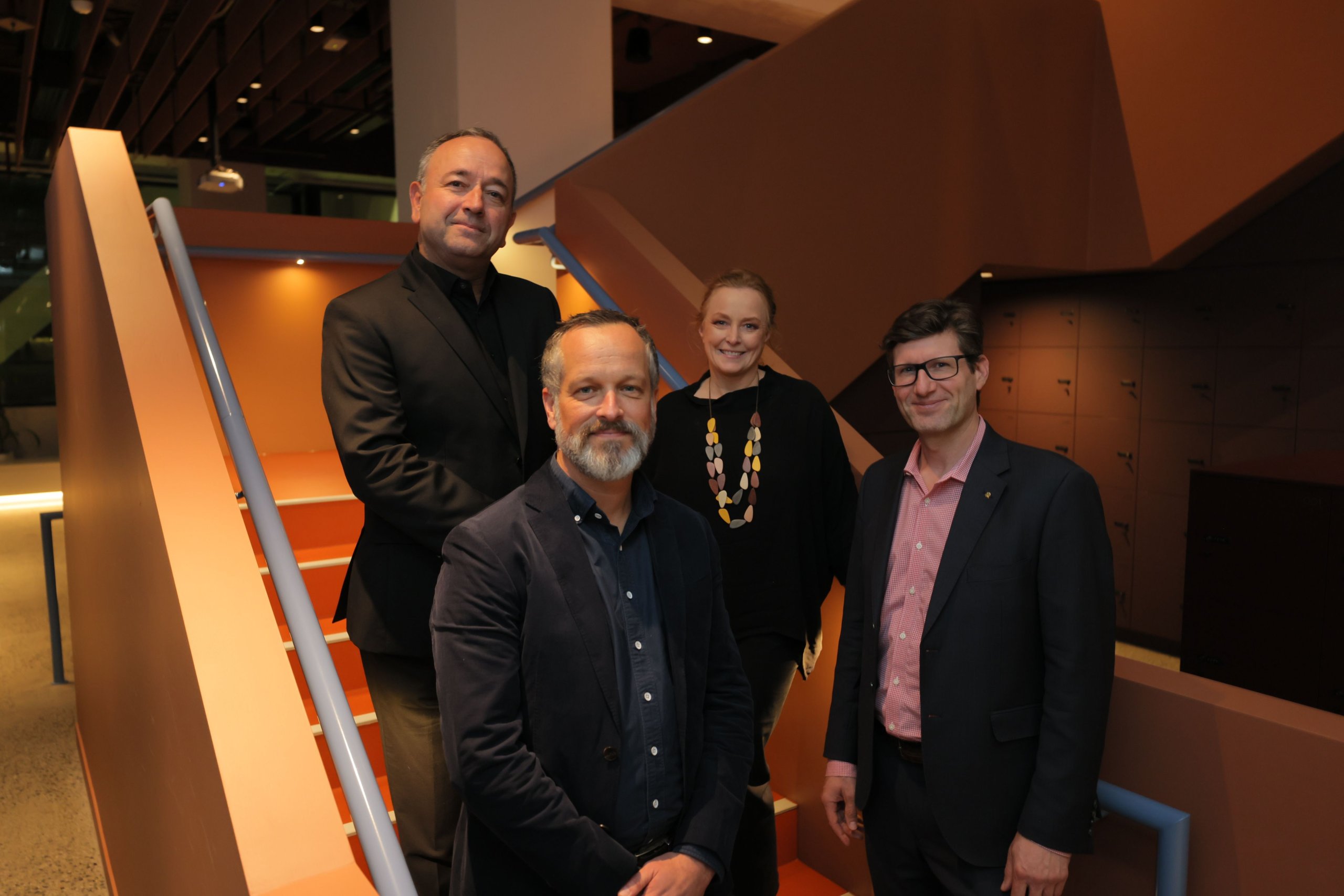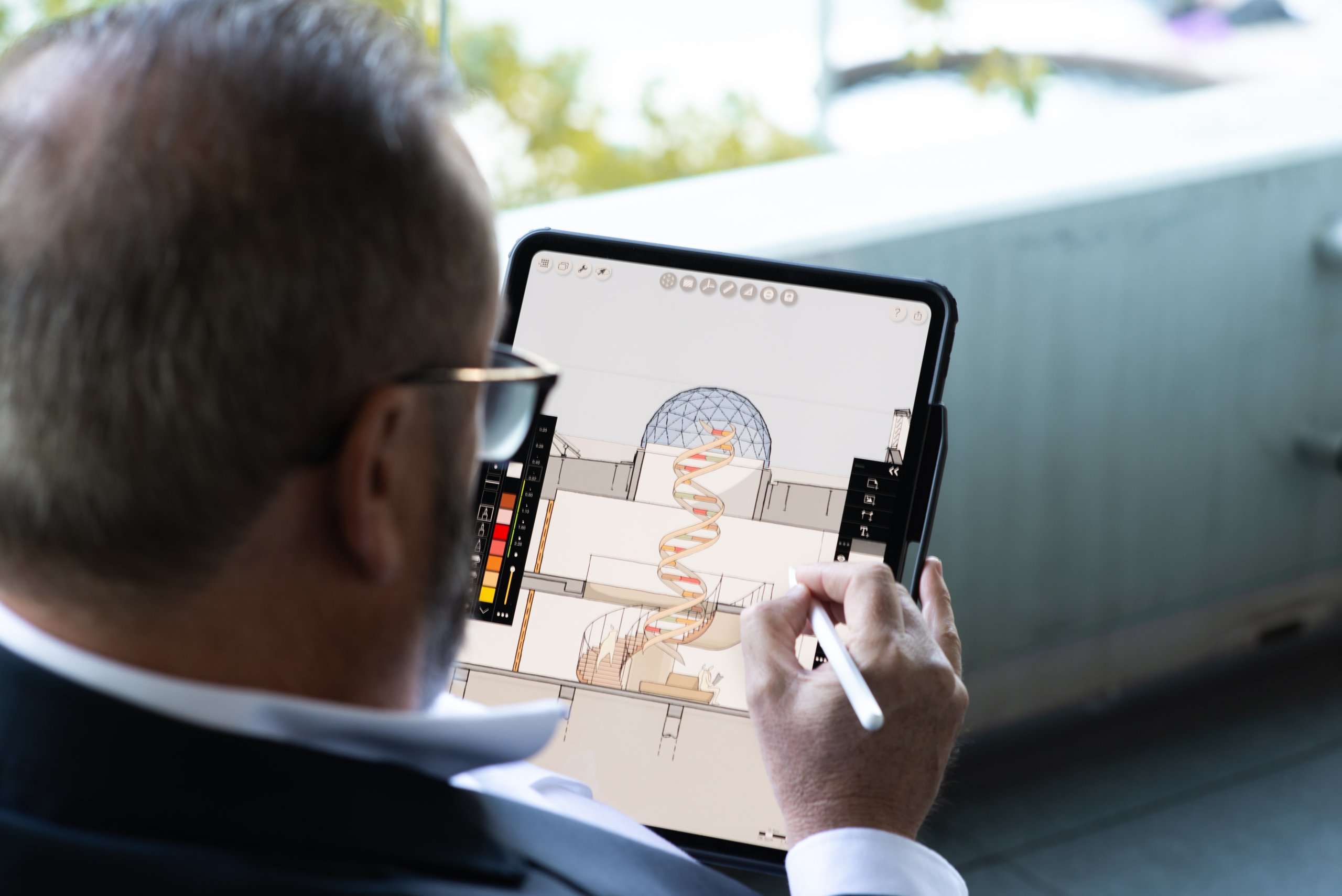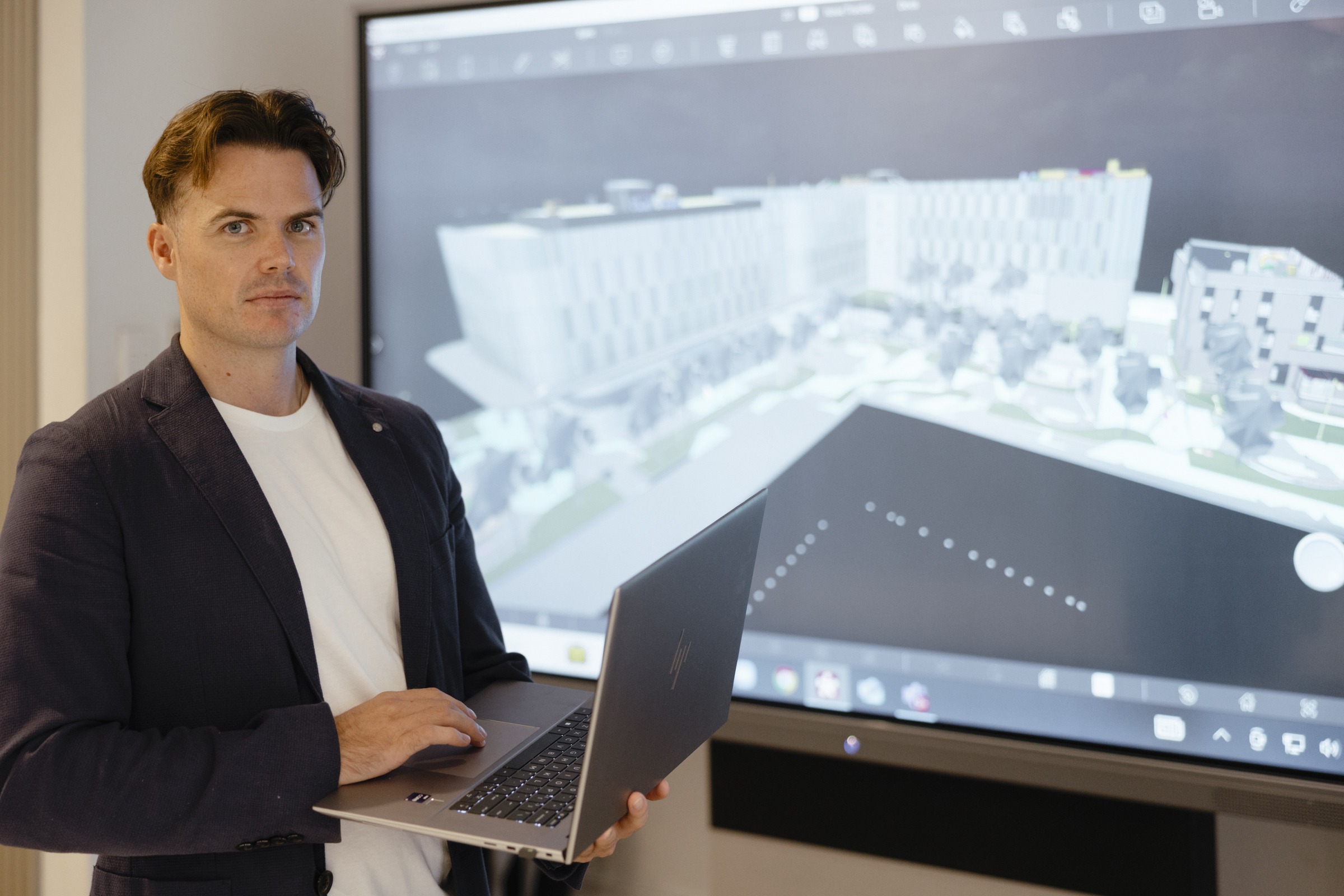Gray Puksand was incredibly proud to host the “Happy Building, Happy Staff, Happy Patients” event on the opening night of Melbourne Design Week 2024, supported by the National Gallery of Victoria.
Our Victorian Health and Science Lead and Senior Associate, Quentin Seik, moderated the insightful panel discussion, exploring how intentional design can enhance the support and retention of healthcare staff while prioritising the wellbeing of patients and their loved ones.
The panel featured experts from a variety of disciplines, including our Senior Interior Designer, Amanda Wilson and healthcare specialists, Allison Lamb from Western Health, Alison Smith from Royal Women’s Hospital and Kristiina Siiankoski from Safer Care Victoria.
“As designers we are constantly thinking about how buildings perform holistically, addressing comfort, function and sustainability, and with a profound focus on their long-term impact on human wellbeing.

